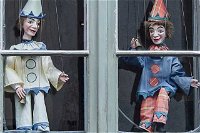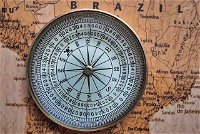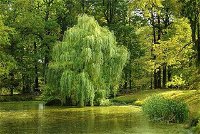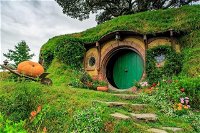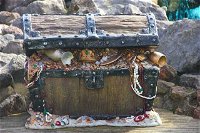
Picture That Book! Trivia Quiz
All the photos in this quiz hint at the title or content of well-known, classic children's books. Can you match the pictures with the authors of those books? Don't forget to click on each photo!
by LadyNym.
Estimated time: 3 mins.



